기사상세페이지
The Invention of Tradition: Modernization, Nationalization, and Popula…
기사입력 2021.03.01 22:25Arirang1 has been regarded as the representative Korean folk song that expresses
the ethos of the Korean people. Koreans adore this song as the 'national song'.
Koreans abroad sing it in 'memory of their mother country. Whenever two Koreas (of
South and North) agree to organize a unified sport team in International-level sports
competitions, this song represents the 'national anthem' as does the Flag of the Korean
Peninsula. In fact, Arirang is the cultural icon of 'Koreaness.'
Most Korean people believe that Arirang songs2 have a long history. Some scholars
trace the root of the word 'arirang' back to the establishing myths of ancient states.
Many people believe that the Arirang song originated from the 14th-century tale of
'seven wise men in a bamboo forest,' as shown in Kang'w6n-do Arirang, which is
popular in Kang'w6n-do, the mid-eastern province, or the legend of Arang in the
middle of the Chosun Dynasty (1392-1910), as exemplified in Miryang Arirang, which
is originated in Miryang City in southeastern area.
However, the Arirang song is not just a century-old traditional song. It emerged as
a popular folk song during the Japanese annexation (1910-1945). Many local versions
of Arirang have become 'modern' folk songs in the last century. I use the term
1 In this paper, I romanize the Korean terms by the conventional McCune-Reischauer
Romanization system, except with familiar names like Seoul and Chosun. I do not italicize the title of
songs.
2 I use the term "Arirang song(s)" as a collective term to designate many versions of Arirang songs
widespread in the Korean peninsula and neighboring countries where Korean immigrants have
settled. The term "Arirang" defines a specific song which is popular in the Seoul area.
[Provider:earticle] Download by IP 203.253.173.42 at Saturday, February 6, 2021 4:40 AM
'modern' for they were made by specific individuals in a short period of time in
contrast to traditional folk songs which are the result of the communal product for a
long period of time (Herzog 1949-50:1034). Among the four representative Arirang
songs- Arirang, Kang'won-do Arirang, Chindo Arirang, and Miryang Arirang
representing each region in Korea, that is, Seoul, the mid-eastern province, the
southwestern province, and the southeastern province, respectively - three evolved
in the first half of the 20th century. Kang'won-do Arirang is the exceptional, ancient
version sung by the folk in mountainous areas and known as the 'genuine' folk song
from which many other versions derived (Yi P.H. 1997).
In the first half of the 20th century, countless local Arirang songs were made. It was
the result of modernity and the historical context of colonization in the last century. I
do not mean that all of the Arirang songs were 'composed' by the musician but it
became widely popular among the people, reflecting the social and cultural condition
of the time. In this paper, I will examine how the Arirang song emerged to become the
'song of the Korean people' during the colonial period in Korea.
Modemizaton of Arirang
The Arirang song was first made 'public' by an American missionary, Homer B.
Hulbert, in 1896. In his article, entitled "Korean Vocal Music," Hulbert (1896)
provided a version of Arirang in the Western staff notation (Mus. Ex. 1), which is the
first notated folk song in the Korean music history. It is a version of local Arirang
songs widely sung in Seoul and the Central Province at the time.

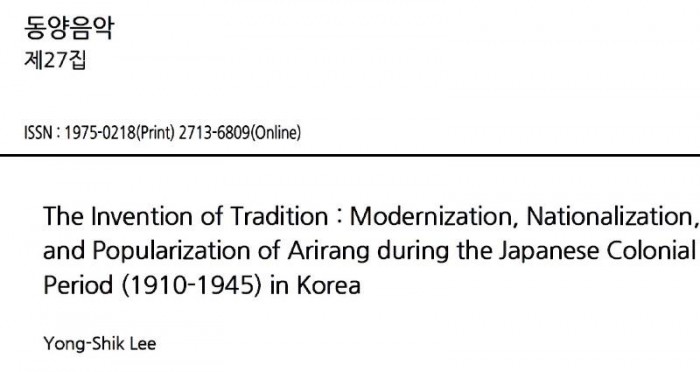

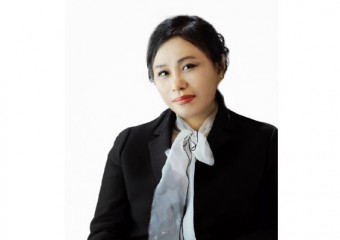
![[국악신문] 이름처럼 살다간 아리랑 명인 정은하](http://arirangsong.com/data/file/news/thumb/thumb-3534941659_7RVbLyQX_e87234845fd4b6005f15ae9c0ac4431651d959d5_340x240.jpg)
![금강사 ‘신통일아리랑 평화축제’, 아리랑 얼쑤! [국악신문] (kukak21.com)](http://arirangsong.com/data/file/news/thumb/thumb-3534942082_yPwYq8OV_ce422550f1aef535eb09898313cb3b42bdfbfcb3_340x240.jpg)

![[국악신문] 아리랑기념비, 왜 세우고, 왜 정선에 세우나](http://arirangsong.com/data/file/news/thumb/thumb-3534942082_31Ft4IKo_a189f0fcfd15203c812071c72c7a56cae7174a50_340x240.png)
![[국악신문] 정선에 ‘인류무형문화유산아리랑비’ 선다](http://arirangsong.com/data/file/news/thumb/thumb-3534942082_ZBoajzkb_e21a27df847b3f1008e9199514cf32b339dc265c_340x240.jpg)
![[서울문화투데이] 사할린 유즈노사할린스크에 ‘아리랑공원’ 생겼다](http://arirangsong.com/data/file/news/thumb/thumb-3534942082_sSfvjGxm_087a9200c8296a11d97e6d97922576c6847e76f8_340x240.jpg)

![[단독] 동두천에도 향토민요 '이담어러리타령'이 불렸다.](http://arirangsong.com/data/file/news/thumb/thumb-3534942082_5Cvgkxhl_26a9bbcfd3c62a57e6503907023643bd418f58a5_340x240.jpg)
![[리뷰] 경산자인단오제와 함께 경산아리랑제 '아리랑데부'](http://arirangsong.com/data/file/news/thumb/thumb-3534942082_3iak5dBA_4e9226c65ee1fc9ed2515c7af3ea6ba499abb7d5_340x240.jpg)
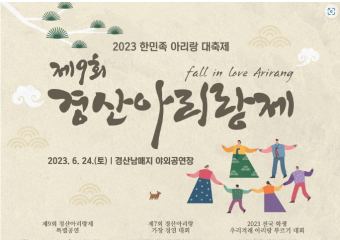
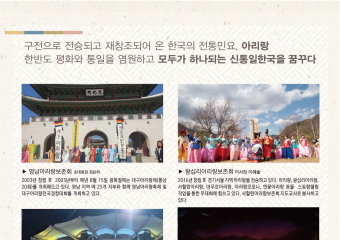
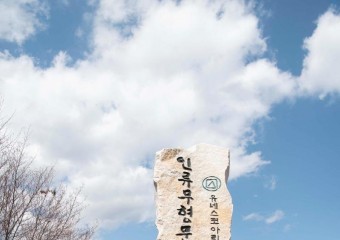
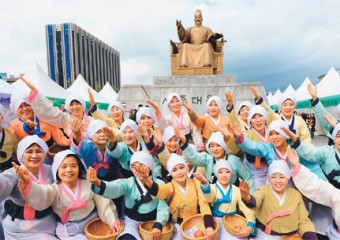

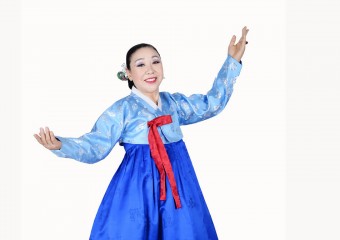

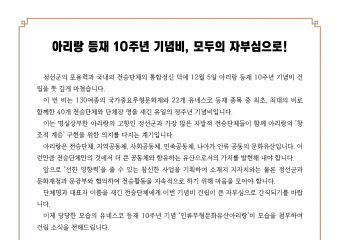

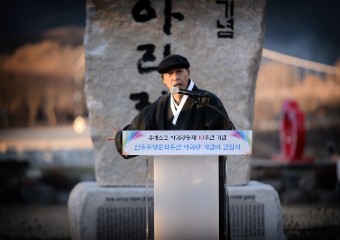

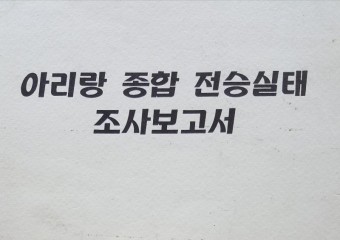


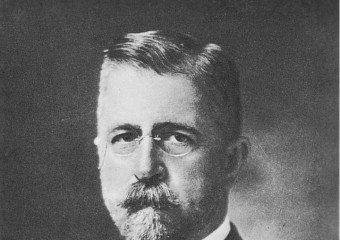

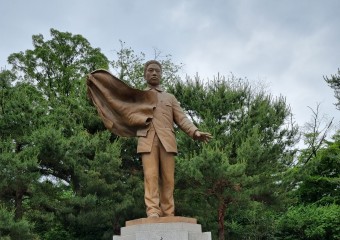
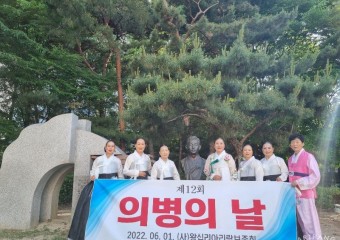
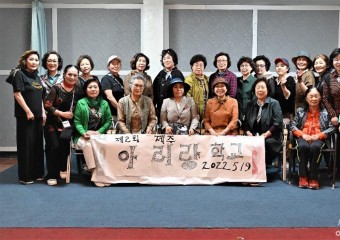


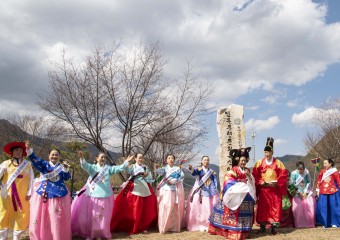

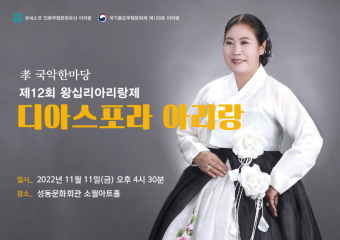
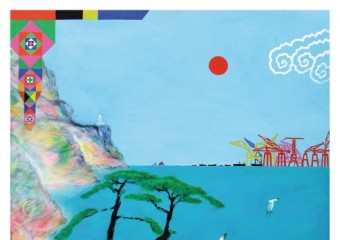
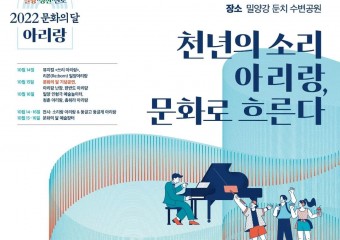


![[시] 김병하 아라라요](http://arirangsong.com/data/file/news/thumb/thumb-3534941659_MV5Ymz1k_24923025ce0ae045c5692ceb3955e04d7fa38660_340x240.jpg)
![[음반]북남 아리랑의 전설](http://arirangsong.com/data/file/news/thumb/thumb-3534941659_nLGfd3oc_96fb16793f23322943c3f537882c429a52a5ab05_340x240.jpg)
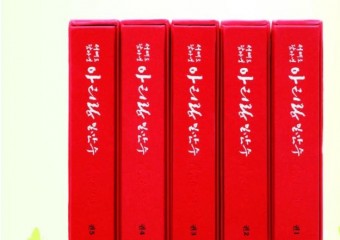

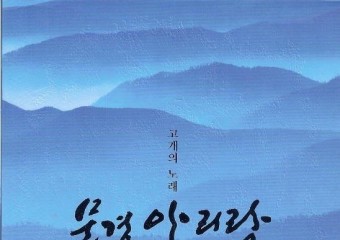

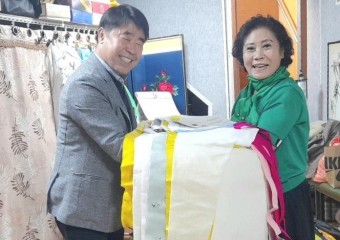

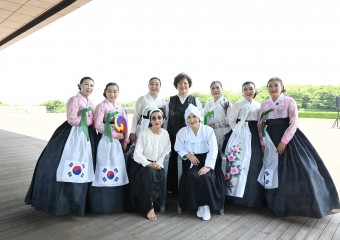

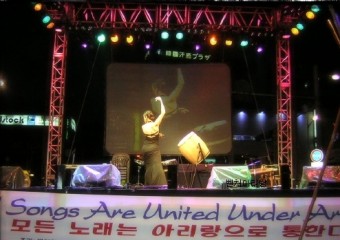
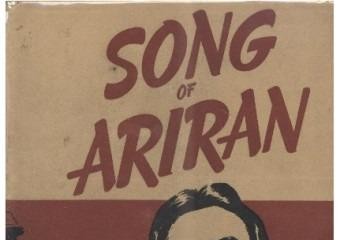
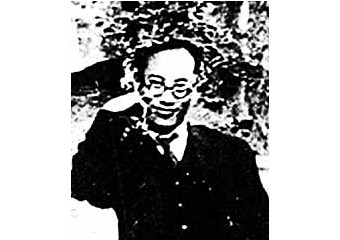


![[아리랑칼럼] 북한의 강릉 공연에서 ‘북강원 아리랑’을 듣고 싶다](http://arirangsong.com/data/file/news/thumb/thumb-3534942082_FNWef8vM_0c40b926e252fac8af51c1f9ea4a2f7c061aefcd_340x240.jpg)

![[상주아리랑] 만정 김소희 명창 생가에서 귀명창들](http://arirangsong.com/data/file/news/thumb/thumb-3534942082_ZXm4OUpQ_698060aa7b28ecc43b8f579e22d6a8c3b0f7774b_340x240.jpg)

![[아리랑칼럼] 아리랑, 한국인에겐 쌀](http://arirangsong.com/data/file/news/thumb/thumb-3534942082_24bus0ZW_c7111b577e4cbad3327bb5466964e9d7134d4162_340x240.jpg)
![[리뷰]사할린 강제징용 80주년 남·북·러 합동공연](http://arirangsong.com/data/file/news/thumb/thumb-3534942082_btGXp05F_ae15cd76f4bbf80d9449b5e45dc03bcc7bbce48c_340x240.jpg)
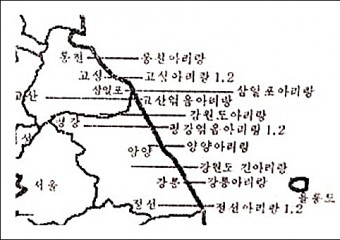
![[전남일보] 한민족의 DNA '독점'을 넘어 '공존의 아리랑'으로](http://arirangsong.com/data/file/news/thumb/thumb-3534942082_HwcoWZyU_10dc2ead3018a7edc78ac19f565117e37dd24b55_340x240.png)
![[아리랑칼럼] 지옥섬 군함도, 아리랑 고개 낳았다···저항·대동·상생](http://arirangsong.com/data/file/news/thumb/thumb-3534942082_UuoT9jrw_79dde70e7f38ed657d1a93001e825674f122b429_340x240.jpg)
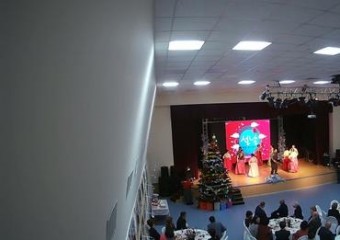
![[생중계] 제9회 영천아리랑전국아리랑경창대회/제9회영천아리랑대축제](http://arirangsong.com/data/file/news/thumb/thumb-3534942082_bxa0l79F_663965904f1145d1280c8ff08c9085d2ed782e85_340x240.jpg)
![[악극] 춘천 여성의병장 윤희순의 안사람 의병가](http://arirangsong.com/data/file/news/thumb/thumb-3534942082_pPvwkf5R_a7c21595be54fc31af6bfe1bb6ff26b8d0df9bff_340x240.jpg)
![[다큐] 특집 다큐멘터리 아리랑 누가 아리랑 고개를 넘었는가!!](http://arirangsong.com/data/file/news/thumb/thumb-3534942082_he2THwjZ_d970c4672e790c7273ae35fbb6dc3b8fe89928fb_340x240.jpg)

![[생중계] 제9회 영천아리랑전국경창대회 시상식 및 영천아리랑대축제](http://arirangsong.com/data/file/news/thumb/thumb-3534942082_HFTMK4tZ_0ba497bb3826be8e5cb982f8eadfbbb9b48ae4c8_340x240.jpg)
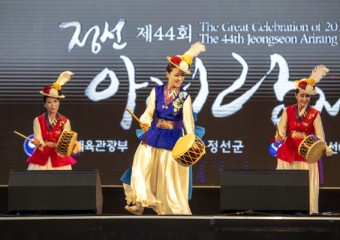
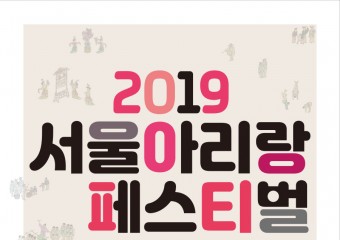
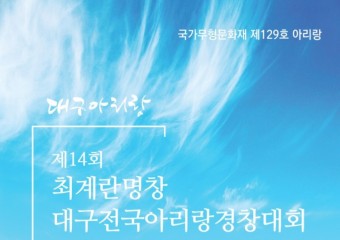

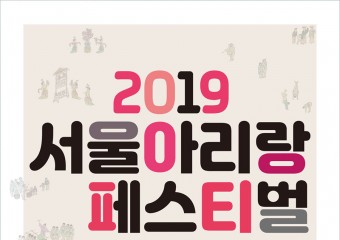
게시물 댓글 0개